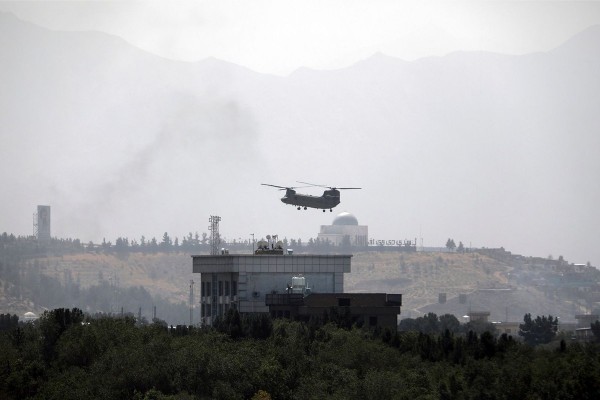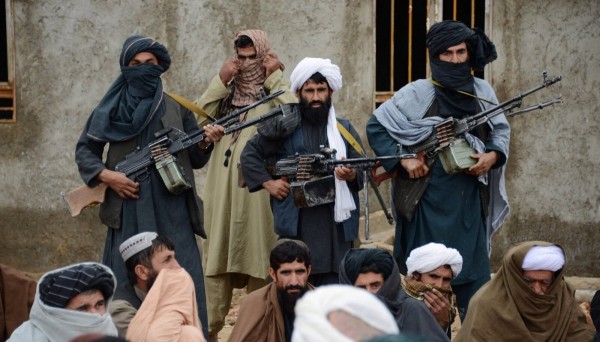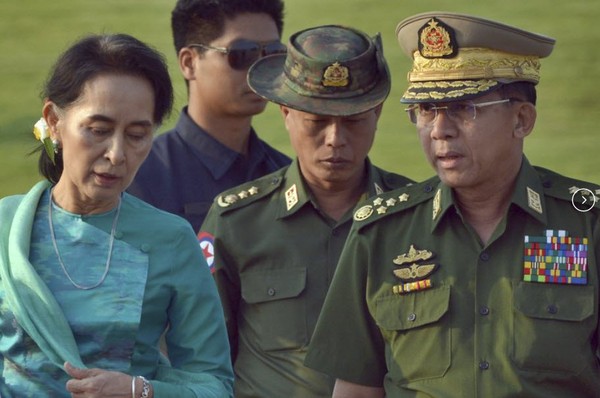
It was unquestionably the Black Ribbon Day public activities that substantially increased the awareness of the MRP and its significance for the international community in the politically evolving 1980s. With the exception of some voting districts in Chicago perhaps, with large Lithuanian populations, in North America there were practically no electoral districts in which the dominance of central and eastern European voters could actually influence the outcome of an election.
Therefore it was obvious that politicians who lent their enthusiastic support to the Black Ribbon Day cause did so out of a genuine commitment to the movement’s goal – Peace Through Freedom. Their support simply could not be translated into striving to gain more potential voters to guarantee their success in the next election. That math simply didn’t add up.
It was obvious right from the start of the Black Ribbon Day activities in 1986 that the movement was not only an effort in educating the public about the equal culpability of the Soviet Union and Nazi Germany. The movement also helped to remind us that one regime was no longer a threat to freedom and liberty, and while acknowledging the liberalization process in the USSR, the other had still managed to fully retain its totalitarian characteristics with a menacing self-confidence.
Even currently (2014) revisionist analysis of the MRP has become an issue in the Russian establishment. They insist that Soviet repression has been deliberately exaggerated by the West: “Attempts to compare or equate Hitler’s regime with the USSR destroy the single historical focal point – our victory in the war.” (Pikemalt Eesti Elu 22.augusti paberlehes)

























